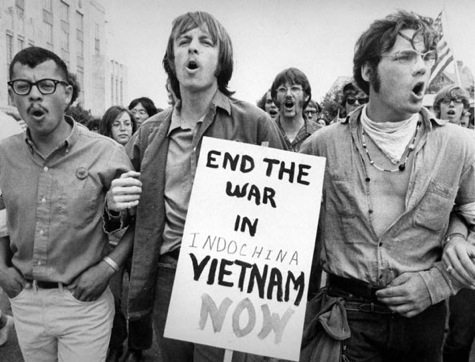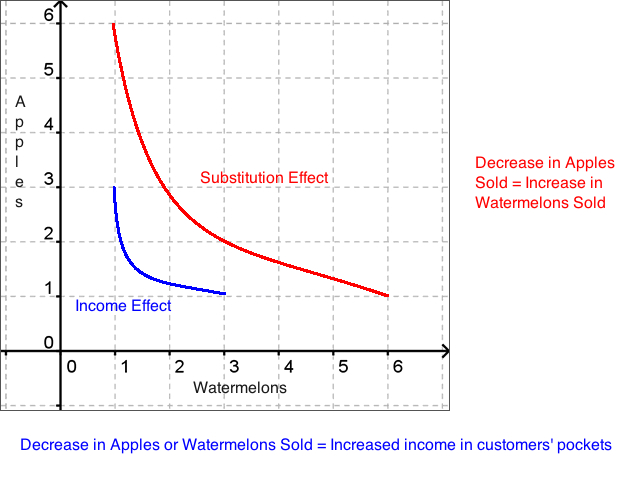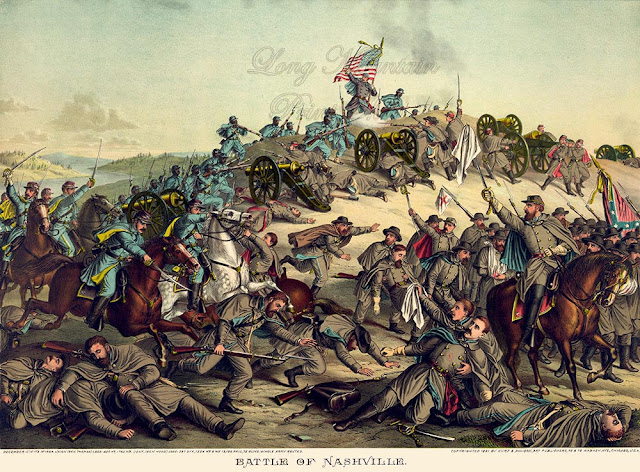Throughout the period following the Second World War, African Americans sought to acquire the rights to be treated fairly within certain regions of the United States. Even though slavery had been abolished with the Emancipation Proclamation and the 13th Amendment in the United States Constitution, the African-Americans in the United States were not on equal footing with whites, especially in the southern states. As a result, Civil Rights leaders campaigned, usually through non-violent methods, to bring recognition to the plight of African-American citizens, thus making the issue of equality a nationwide cause. African-Americans were routinely segregated against in the southern states as well as mistreated in public venues such as employment development departments and courts of law. The consequence was a long, hard-fought struggle to gain the equal rights that were promised in the famous words written by Jefferson in the Declaration of Independence in 1776: All men are created equal.
The first major issue to be contested during the Civil Rights movement in the United States was public school segregation. In certain states African-American students were not allowed to attend schools where white students were located. As a consequence, an inequality existed between schools where white students were enrolled in comparison to schools where black students were enrolled. Examples of the inequalities range from the school resources allocated to whites versus blacks and the availability of heat in colder climates for African-American students. Eventually the Supreme Court would here a case against the Board of Education. In Brown v. The Board of Education a civilian filed a suit that the stated that segregation of the public school system was unconstitutional under the 14th Amendment of the United States Constitution. The Supreme Court held, in this landmark case, that public schools must be desegregated to comply with constitutional expectations. When school districts in the South did not comply with the ruling, the federal government sent the National Guard into non-compliant cities and escorted African-American students to class in previously designated "Whites Only" schools.
Rosa Parks, an African-American woman in the South, once refused to ride in the rear part of a public bus. When she refused to ride in the designated section for African-Americans, an outcry occurred that brought attention to the segregated nature of the South ensued. As a result, citizens in the United States were made aware of simple everyday activities that were segregated in the South. After Rosa Parks' arrest and release, her gesture of defiance became a further rallying cry for equality and legislation that would grant civil liberties to all members of the United States - including African-Americans.
One of the great leaders of the 20th Century was Dr. Martin Luther King Jr. Dr King was a leader for the civil rights movement. He advocated non-violent civil disobedience to bring attention to the cause of Civil Rights for African-Americans in the South. Although African-Americans were arrested without cause, lynched, had rights violated, and segregated from public venues, Dr. King still supported a non-violent movement. Dr. King's speeches, especially at the March on Washington D.C. for Jobs and Freedom, echoed the sentiments of the African-American population. Even though Dr. King would be assassinated, his words and prophecy became a legacy for the struggles for equality in the United States and world wide.
 |
| James Meredith being escorted to class on the University of Mississippi |
By 1964 the United States government was ready to act to defend the rights of African-Americans and other minorities. The Civil Rights Act of 1964 made it illegal to discriminate against any person based upon ethnicity, sex, nation of origin, or religion. Schools were made to be desegregated. Furthermore, voting opportunities could no longer be tampered with. This legislation was landmark in that changed the ways in which citizens in the United States were treated. Although, the Civil Rights era produced legislation there is still work to be done today.


















med.jpg)




























